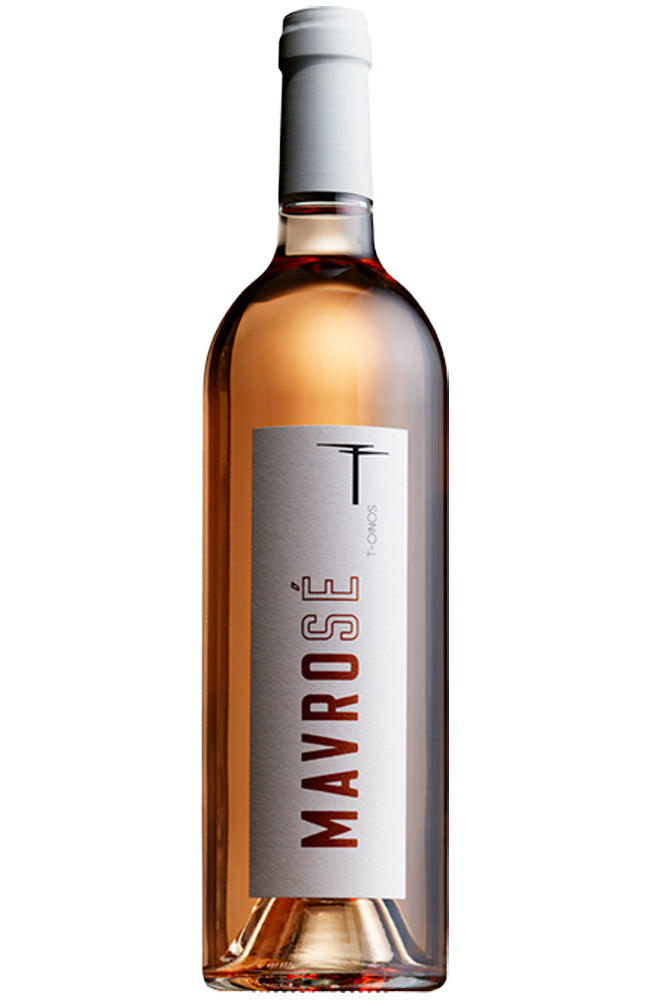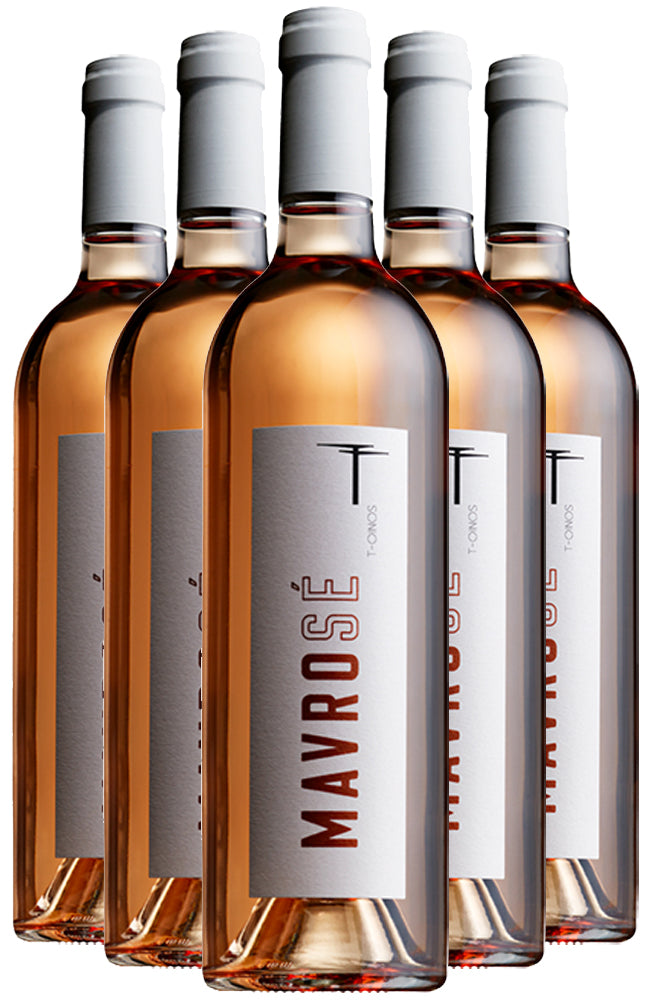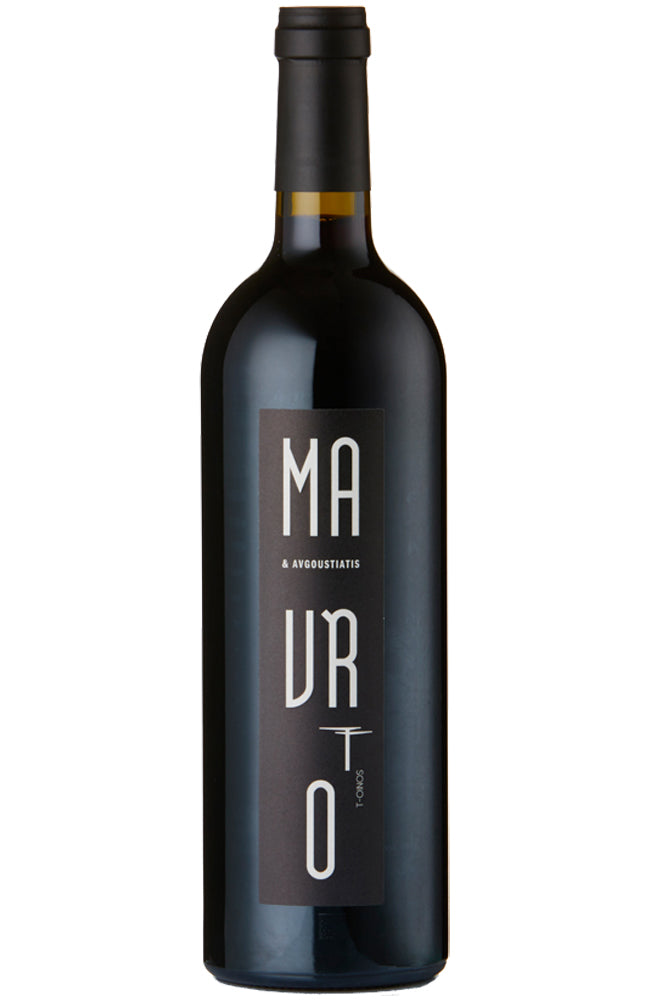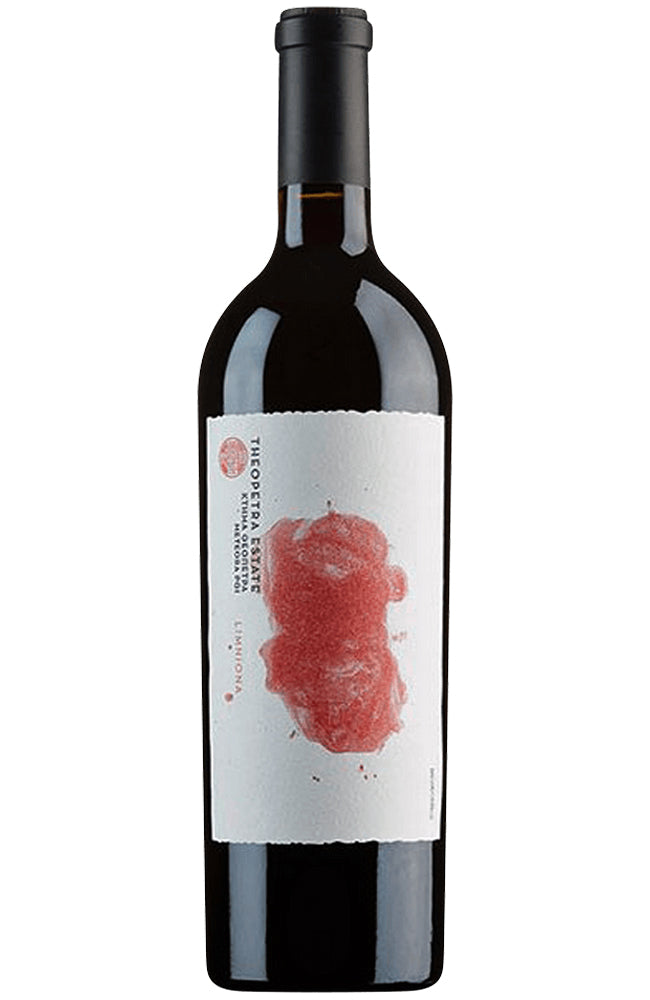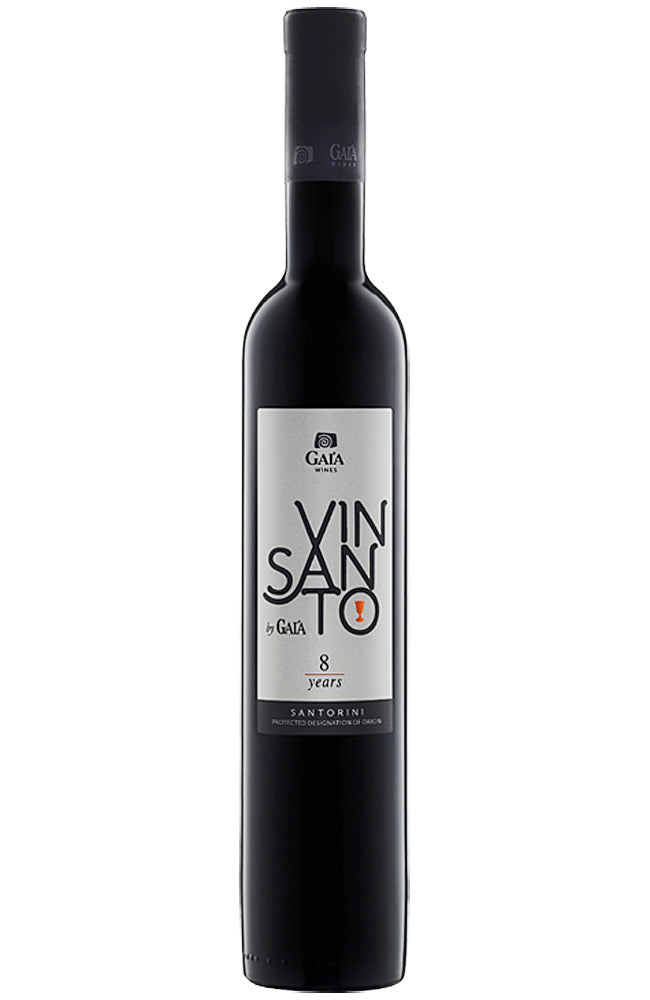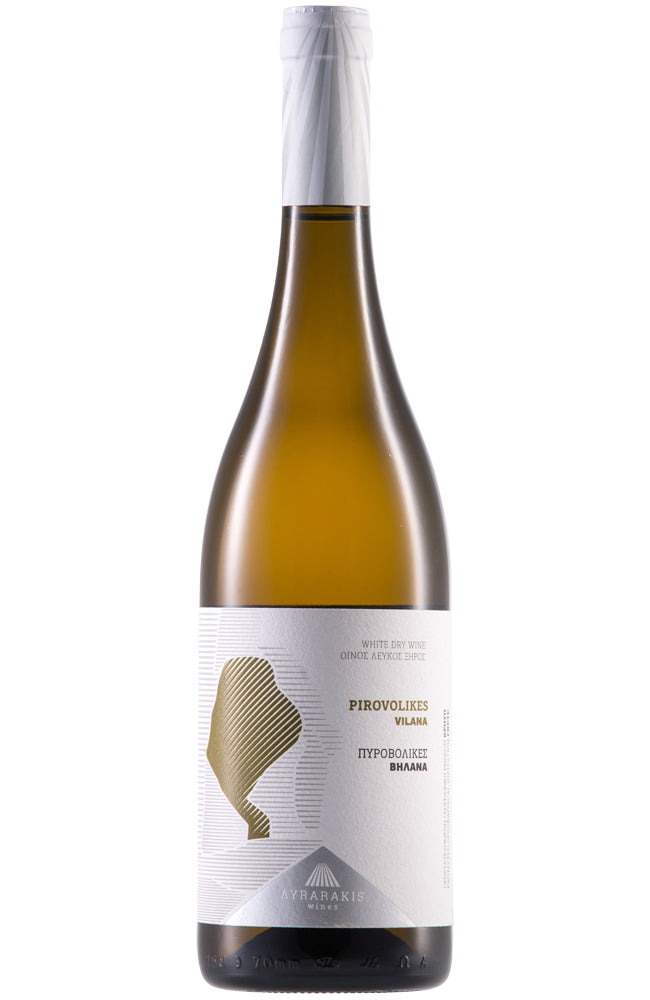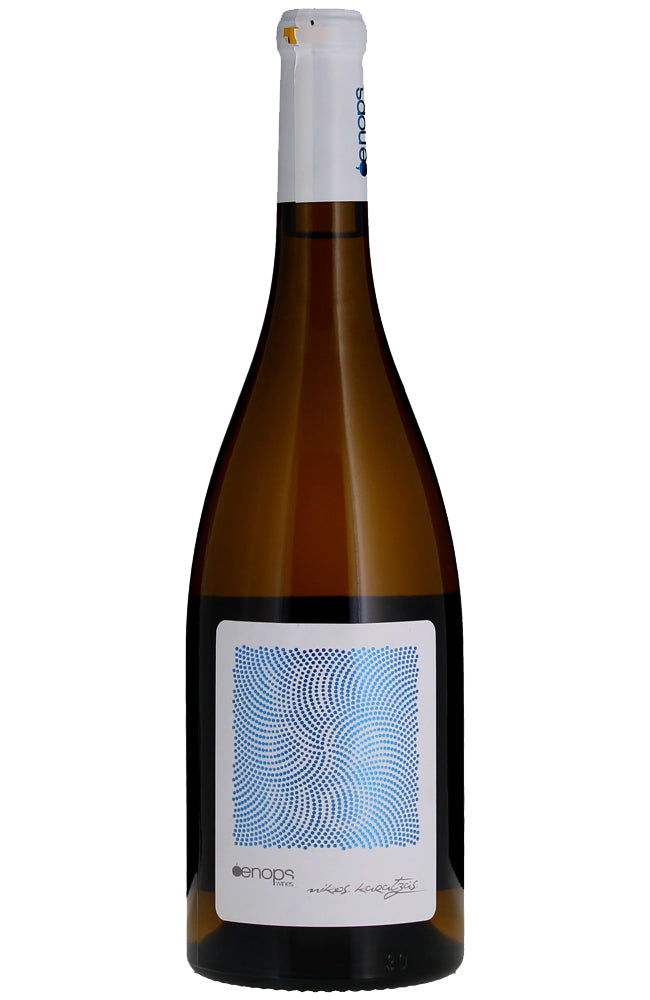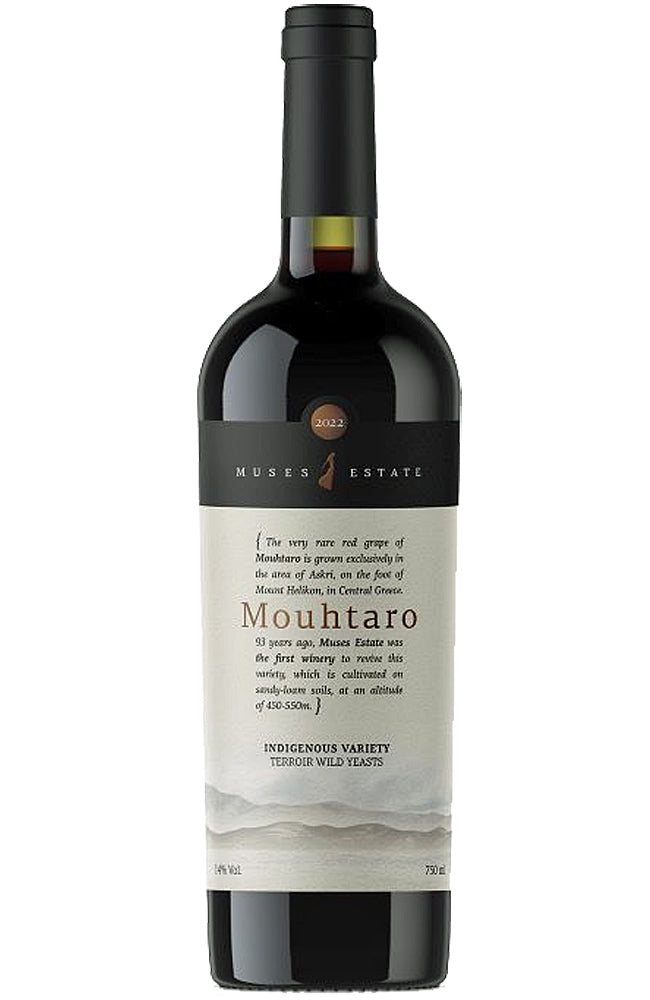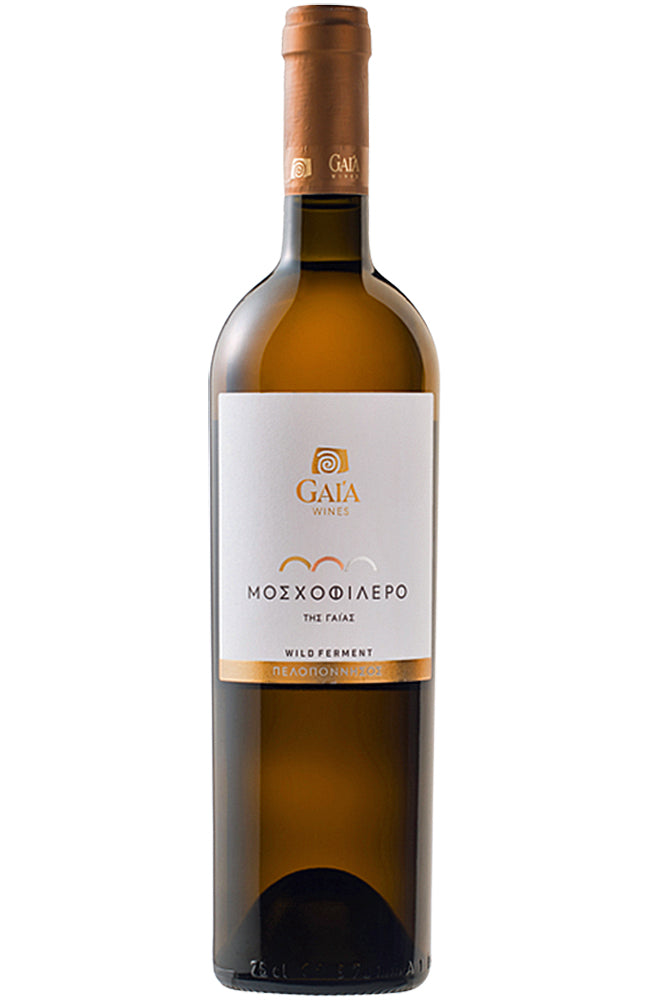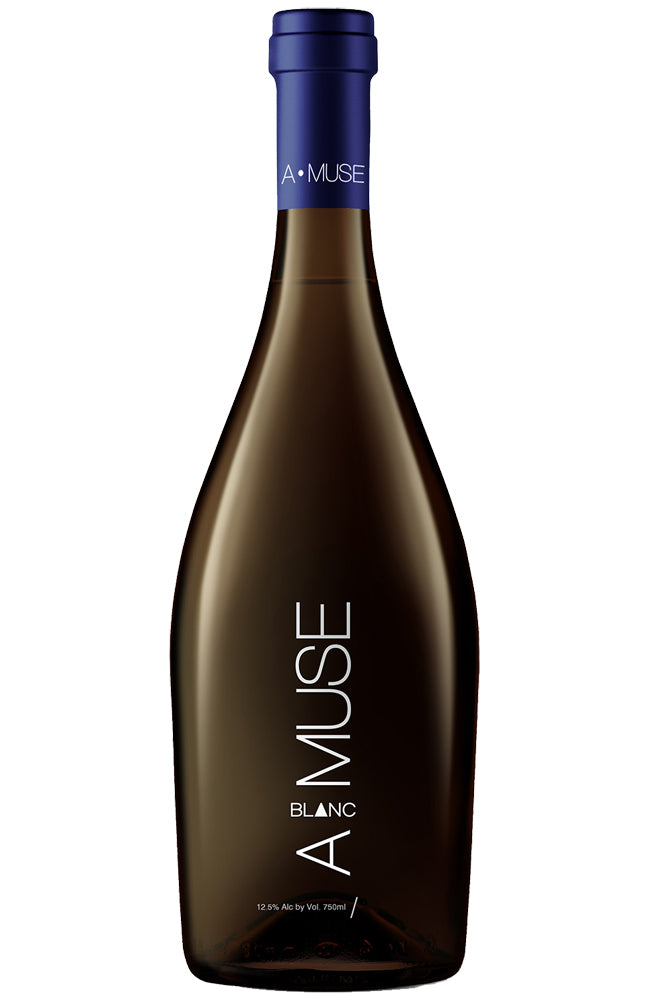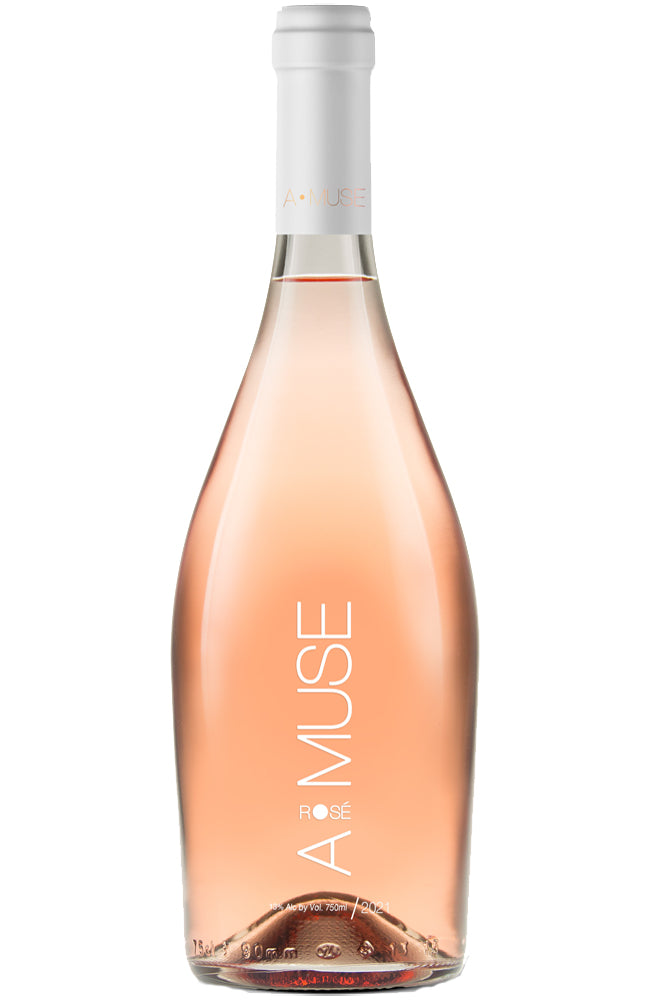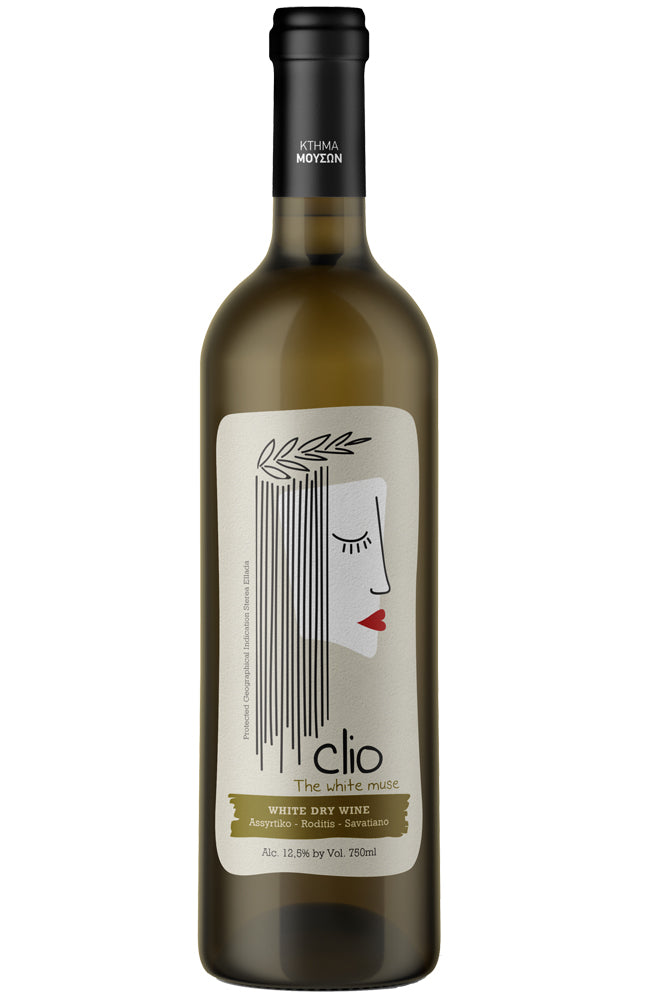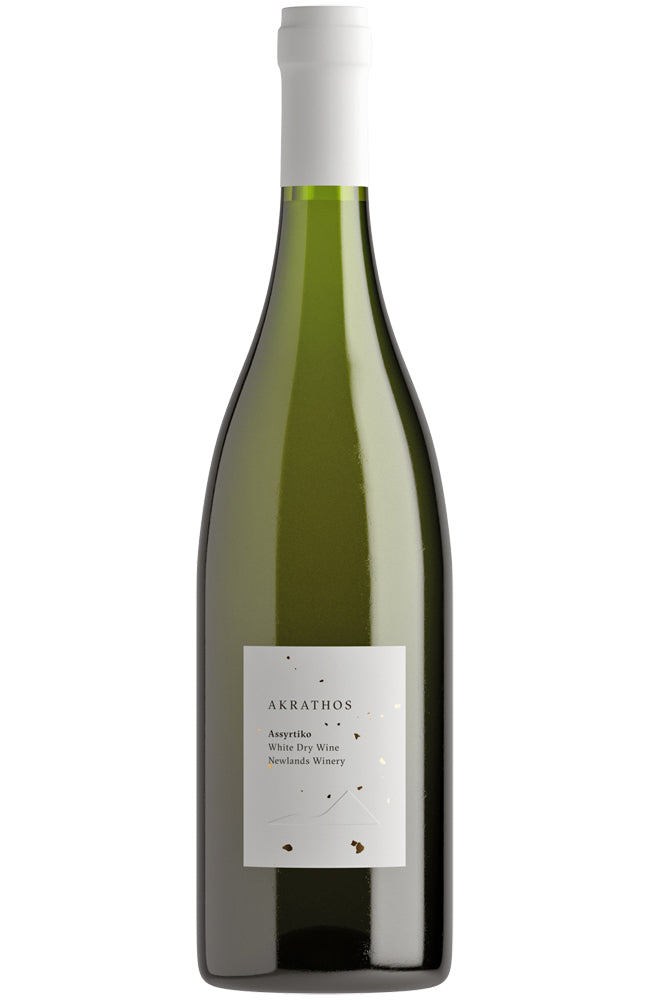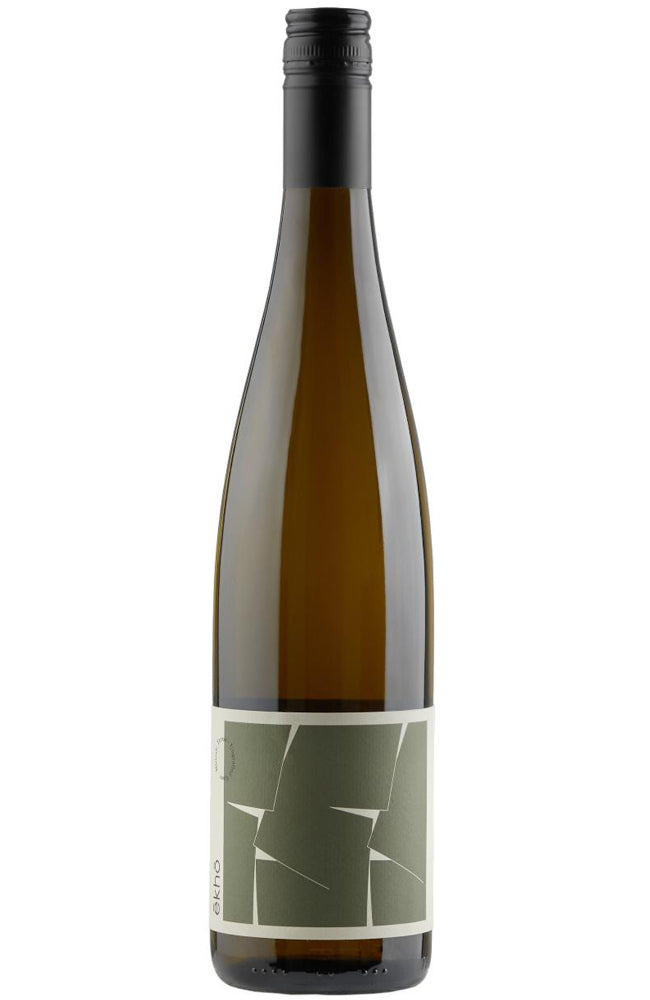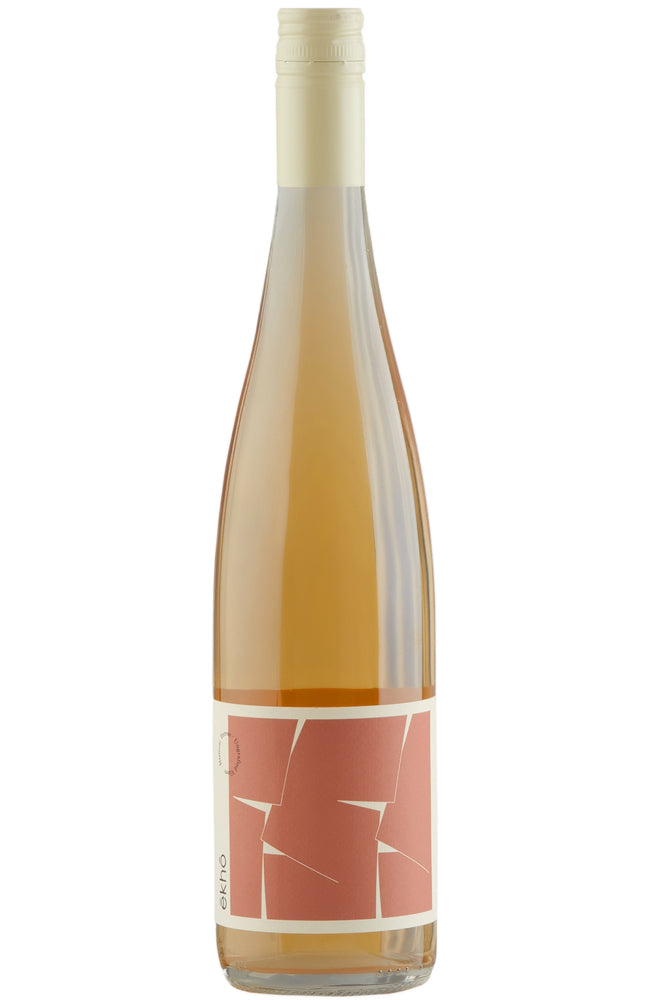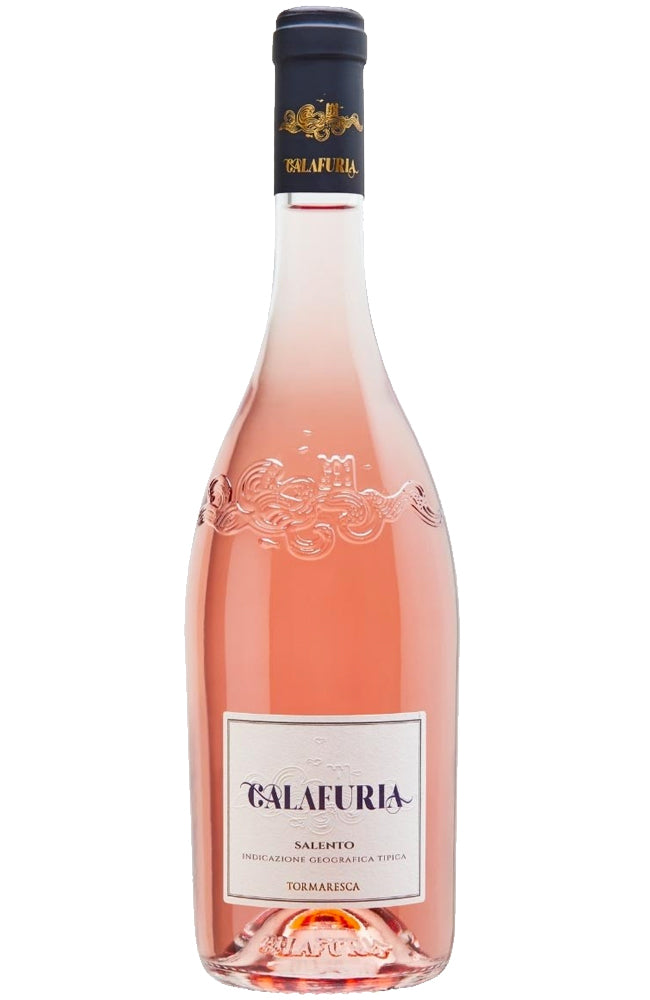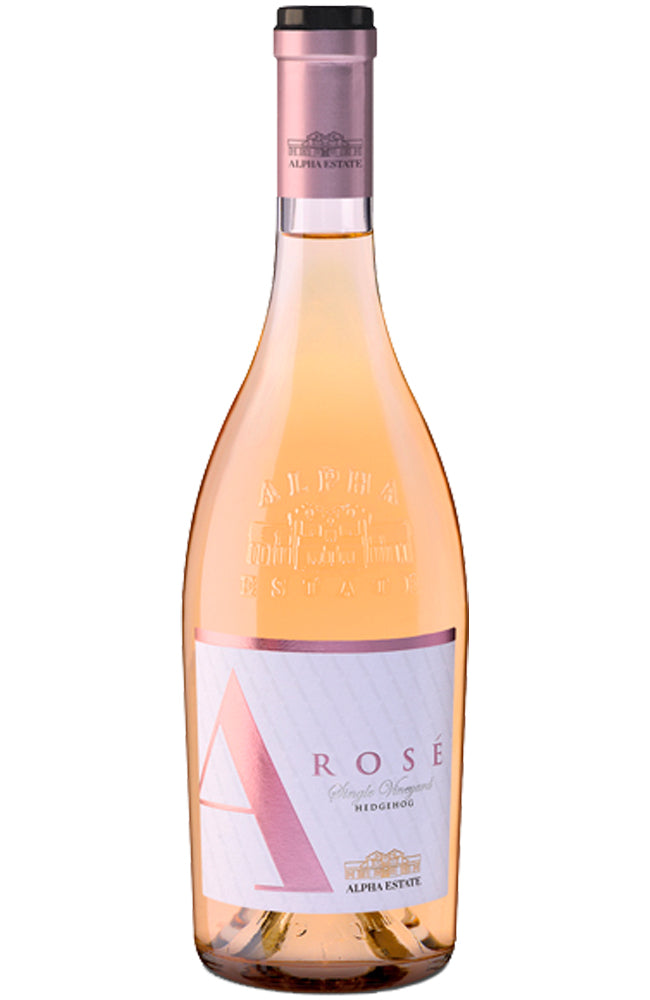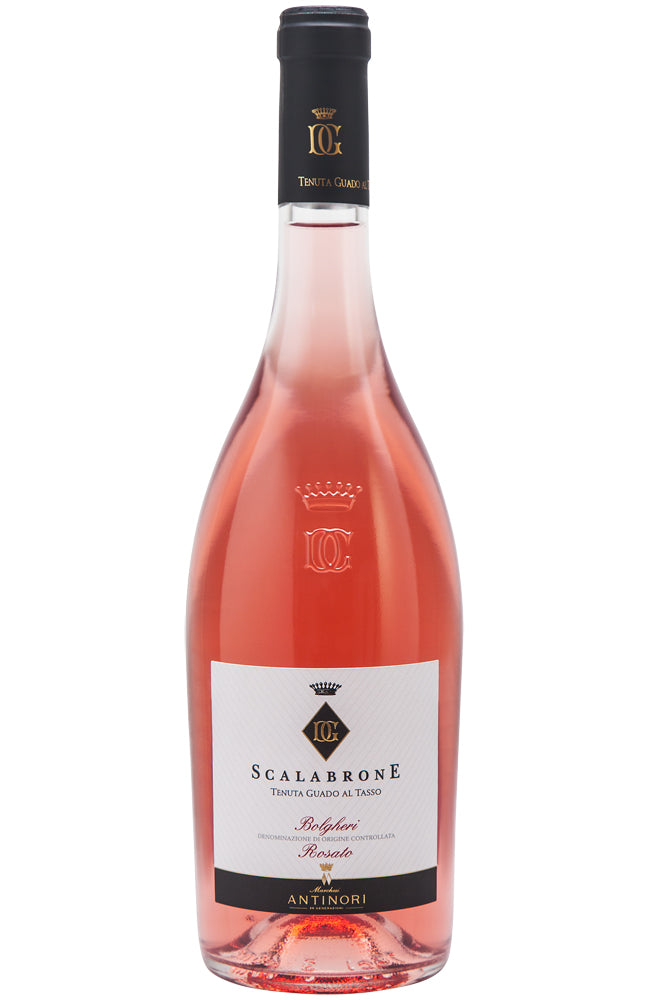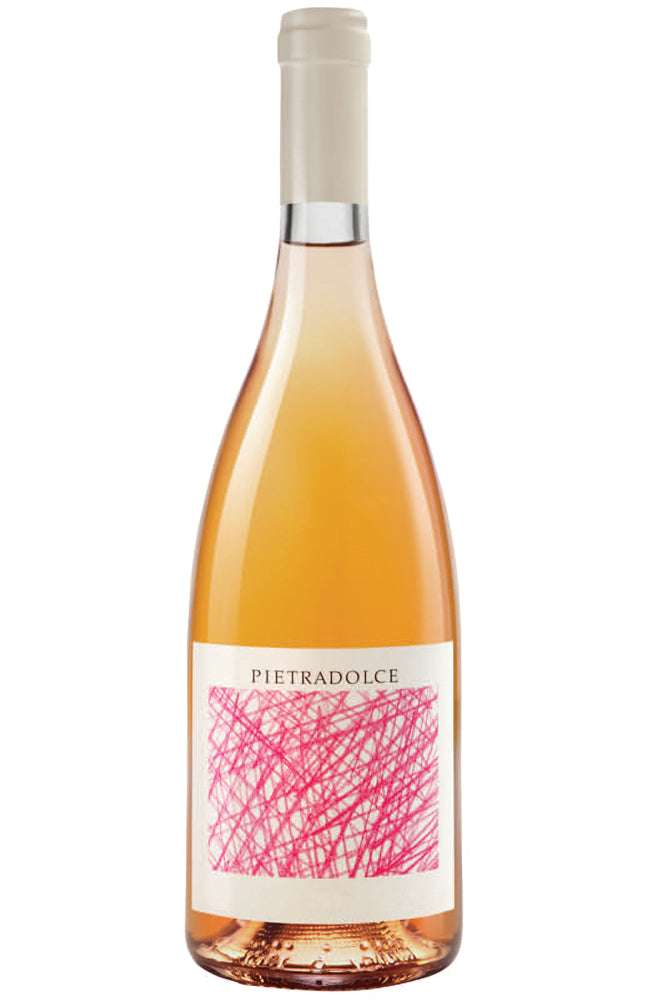T-Oinos Mavrosé 2020
Greece has a wealth of fascinating native grape varieties, and it turns out several of the characterful black grapes can make brilliant rosé as well as red wine. Mavrosé is a blend of Avgoustiatis (80%) and Mavrotragano (20%) grapes; names which may not trip off the tongue, but when direct pressed, blended and aged briefly on lees, they can certainly refresh the palate. T-Oinos Mavrosé is pale pink in colour with an elegant nose of strawberry and raspberry fruit. Lovely lifted acidity and hints of saltiness on the palate, this is a bright, vinous and structured rosé with long lasting finish. Delicious and gastronomic combining both savoury and fruity elements this is a wine that fills the mouth with fragrance.

